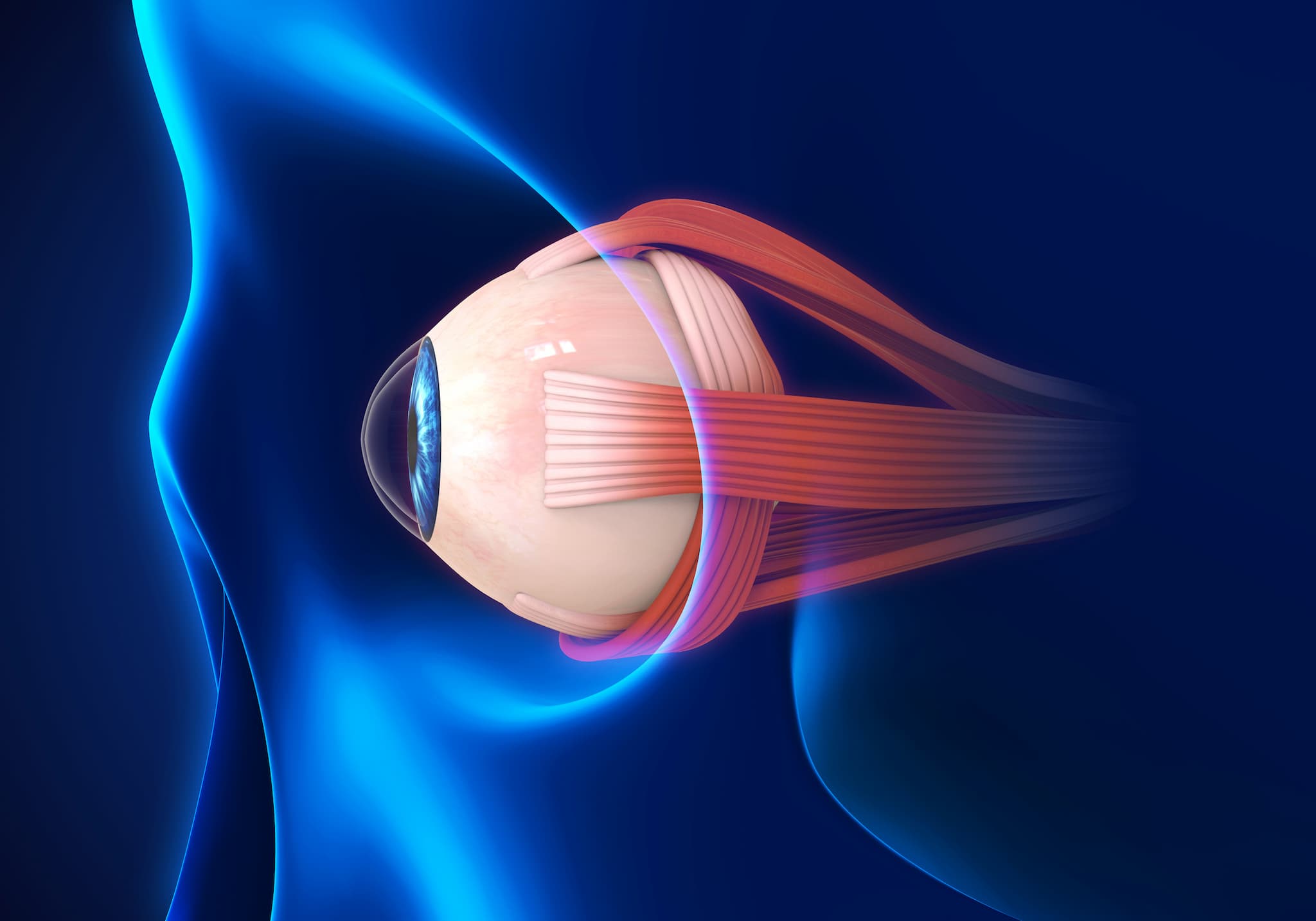From the Inside
A new drug delivery system could be a crucial development in the fight against glaucoma. The disease currently affects more than 60 million people around the world, making it the second-leading cause of blindness, behind cataracts. That number is expected to increase to 76 million by 2020 and even further to nearly 112 million by 2040, according to a study published by the American Academy of Opthalmology.
Glaucoma is a group of diseases that cause damage to the optic nerve. If the disease is caught early and treated effectively, a patient can avoid such deleterious effects as vision loss or complete blindness. However, the most common way to treat glaucoma requires a strict regiment of medicated eye drops. This may be difficult for many patients to diligently adhere to, leaving room for the disease to progress into its degenerative stages.
The new drug delivery device is implanted into a patient's eye where it gradually releases an anti-glaucoma drug over the course of six months until it completely dissolves. The device is composed of two layers of biodegradable film with a layer of medication "sandwiched" between. Traditional eye-drop treatments only allow small amounts of the drug to be delivered to the desired location, with the rest draining into the patient's bloodstream to be filtered out of the body. The implant ensures the maximum amount of medication is delivered to most effective areas. The implant was developed in the lab of Dr. Tejal Desai, chair of the Department of Bioengineering and Therapeutic Sciences, a joint department of the University of California San Fransico's Schools of Pharmacy and Medicine.
Better Delivery
Dr. Desai's lab focuses on discovering new ways to effectively administer drugs using micro- and nanofabrication techniques. Her lab is working on ways to deliver drugs in a variety of different ways including better oral drug delivery, delivering drugs through membranes in the intestines, and even ways of getting medication directly to the sources of bone or bone marrow infections. The research for the glaucoma treatment can be found in the Journal of Controlled Release.
Dr. Desai's is not the only research team working on ways to better treat glaucoma. Earlier in November 2017, a team of researchers from UC Berkeley and the University of Toronto discovered a new way to treat the disease.
Using a category of molecules called lipoxins, known to have anti-inflammatory properties, may also play a role in neuroprotection. Injecting these molecules in rodents saw the progression of the disease halted.
Much more research will be needed to prove if these treatments will be safe and effective in humans. The new drug delivery device being developed by Dr. Desai's lab has shown promise in initial tests. Any complications seen in test animals implanted with the device were rare and minor.
Desai says the “[n]ext steps will involve scaling up, developing device fabrication procedures that comply with current good manufacturing practices, and testing the device in larger animals, before moving on to clinical trials.”
The march toward FDA approval for the device is a long one. It is difficult to predict just when we can expect this treatment to be available for use. However, this is an important development that has to potential to protect millions of eyes around the world.
Share This Article
